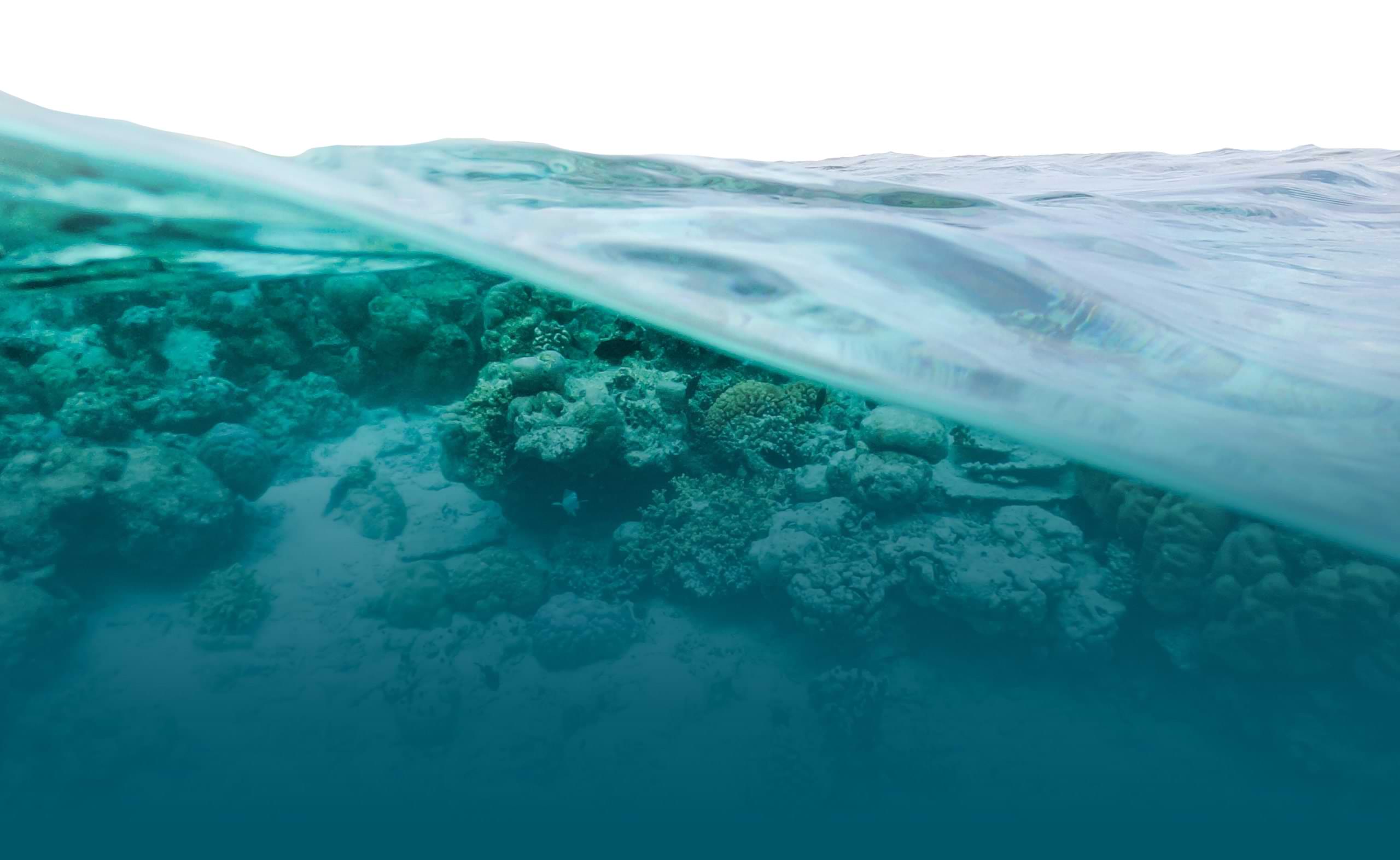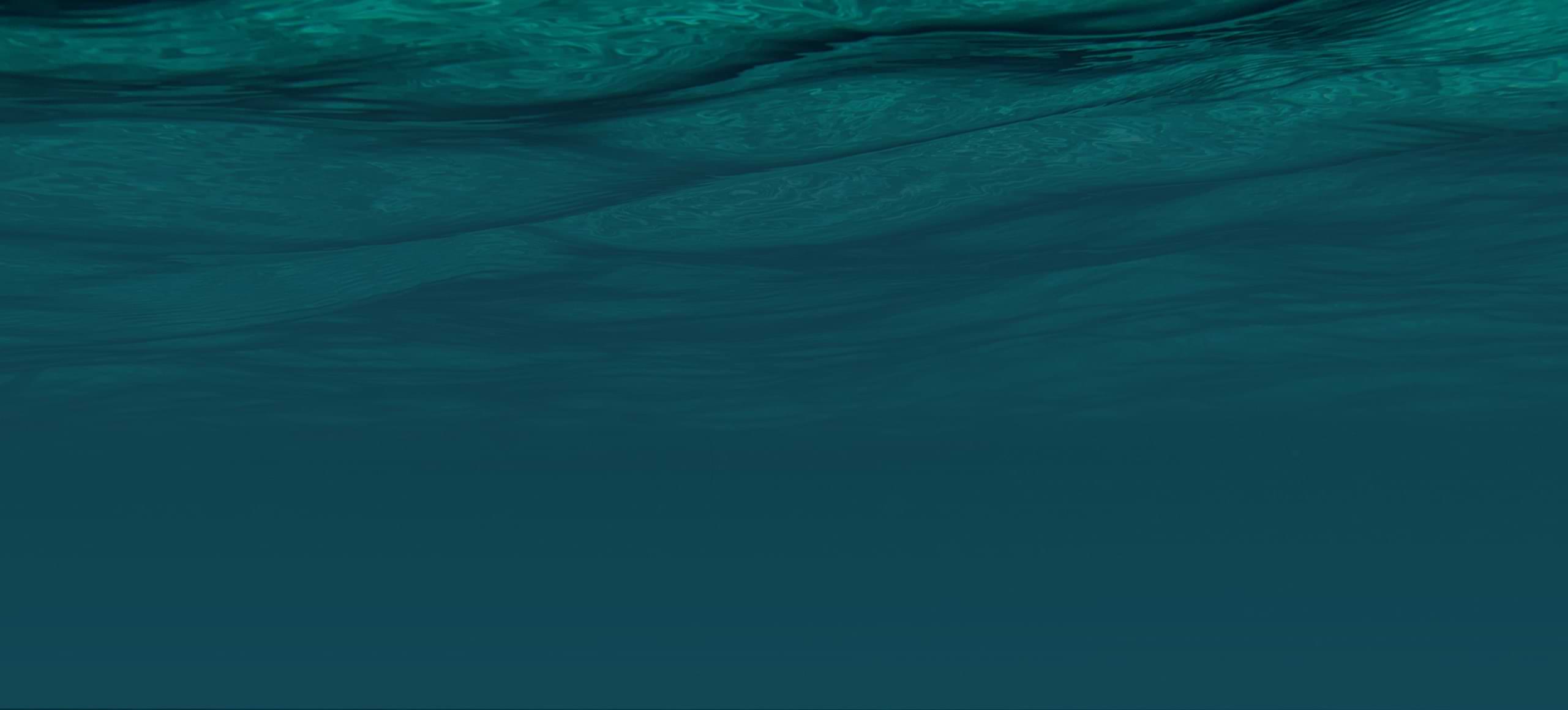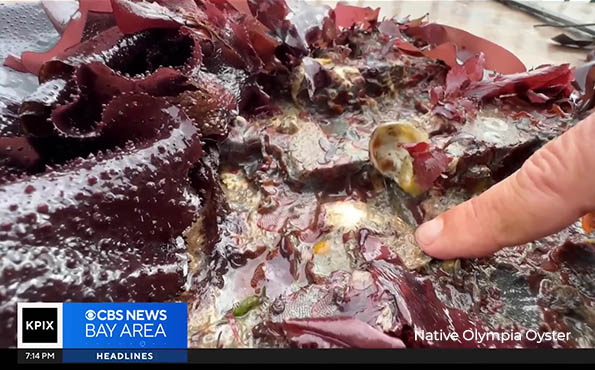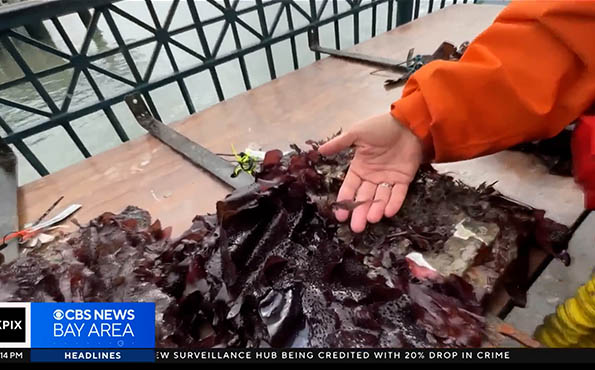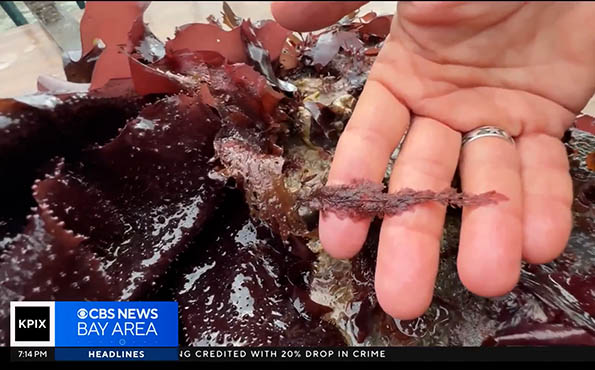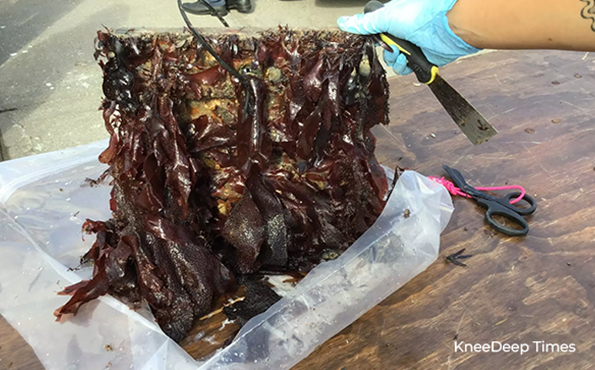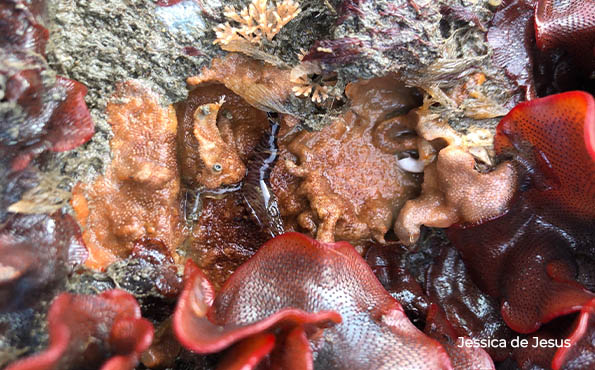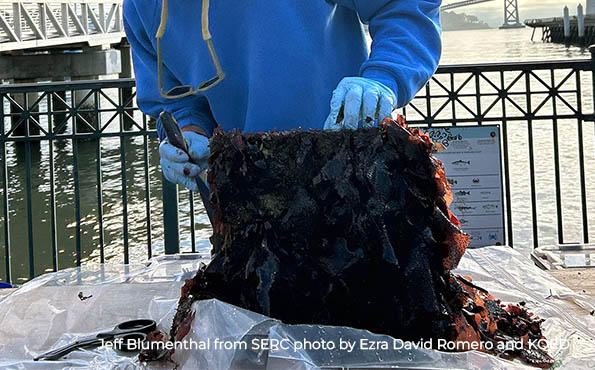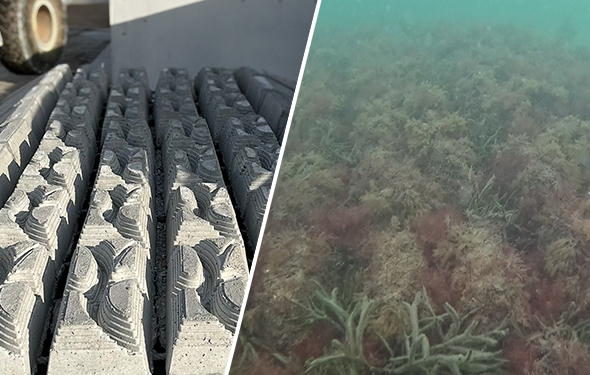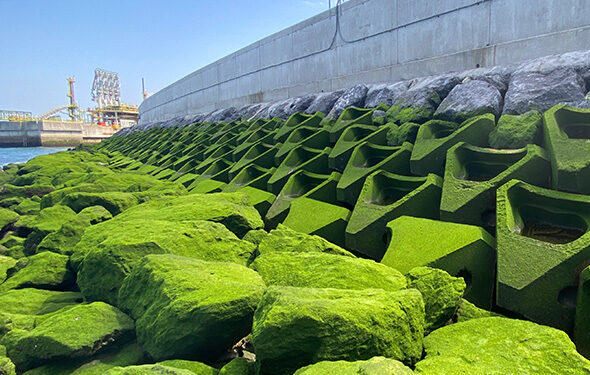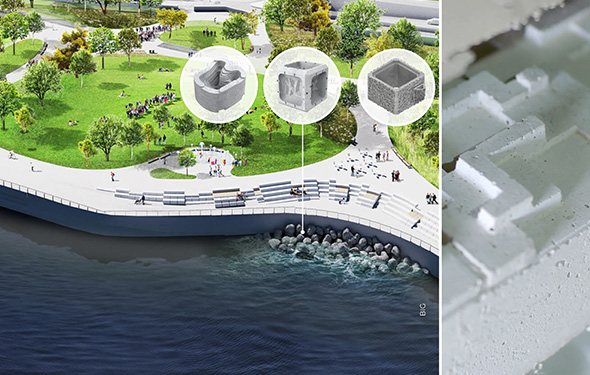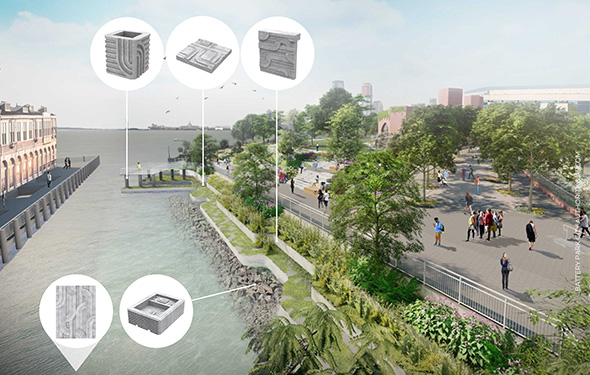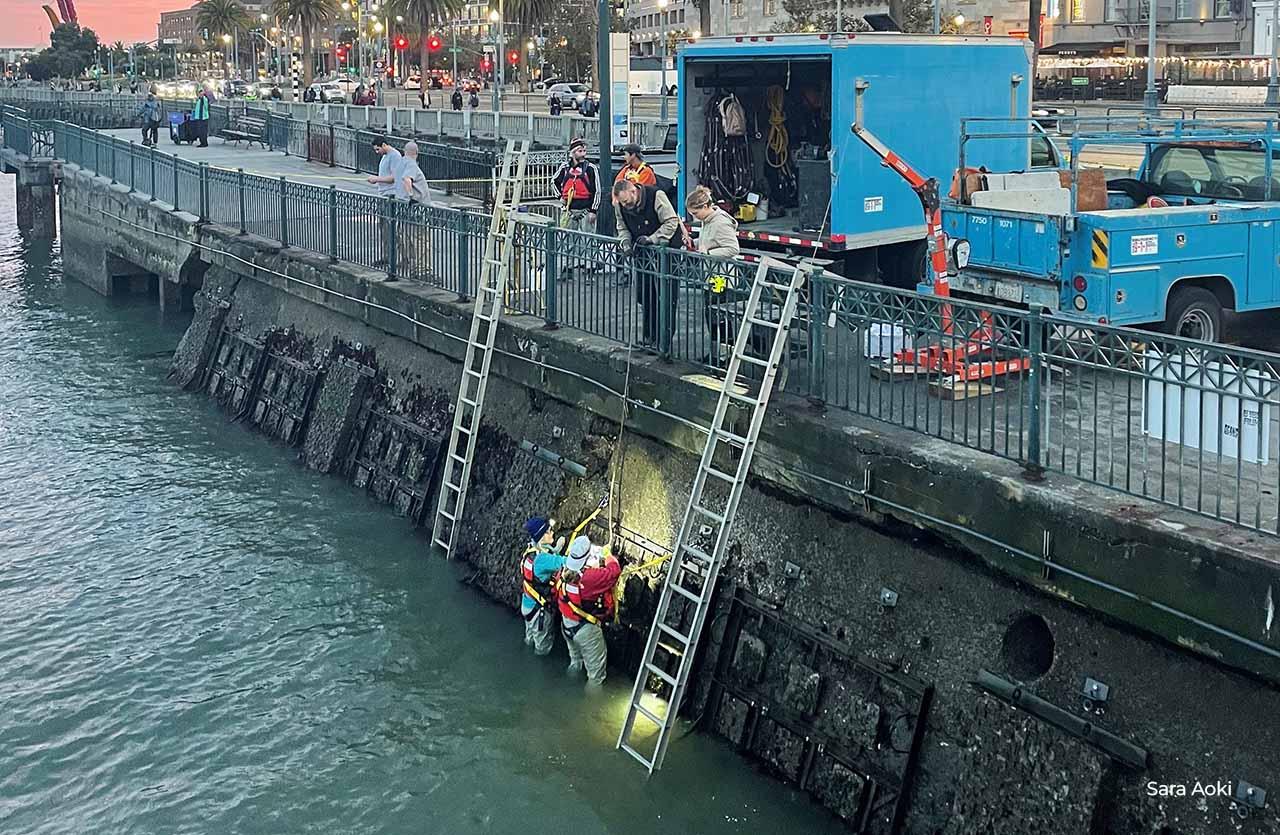
The Goal
While the Bay Area has long embraced ecological restoration, most local efforts have focused on land-based solutions such as marsh restoration and coarse-grain beaches. In contrast, the Living Seawall Pilot examines ecological seawalls — structures designed to enhance marine biodiversity within the built environment.
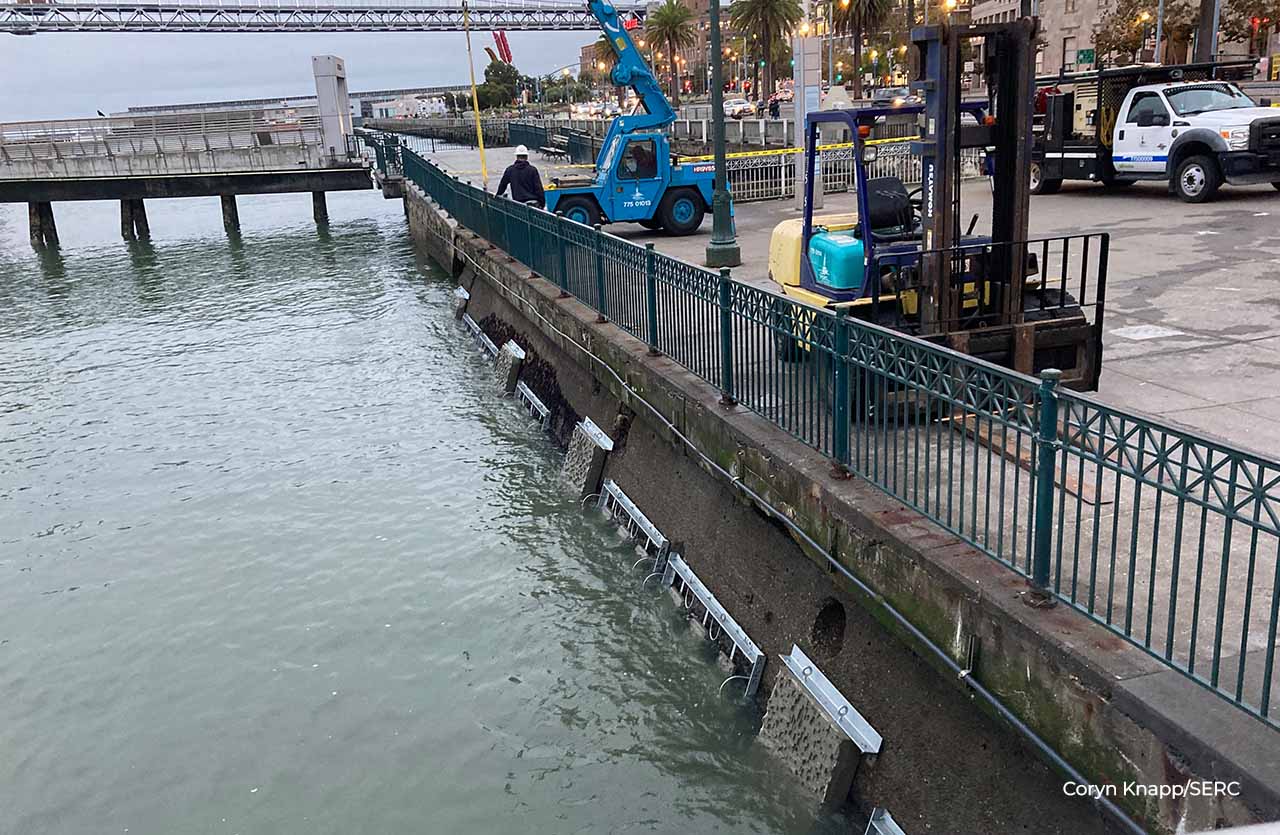
The Challenge
Traditional seawalls are typically smooth, exposed concrete surfaces that lack habitat complexity and can inadvertently favor invasive species. Living seawalls, on the other hand, incorporate textured surfaces and materials that encourage the growth of native organisms and create diverse underwater habitat.
The Project Highlights
Promising Early Results
After two years of monitoring, researchers observed thriving communities of native oysters, crabs, seaweed, and other marine life colonizing the specially designed seawall tiles. Preliminary findings indicate that these textured designs can significantly boost biodiversity and support native ecosystems in urban waterfront environments.
ECOncrete’s Contribution
ECOncrete supported the pilot by providing proprietary textured surfaces and ECOncrete Admix, which were applied to a portion of the panels to enable direct comparison with control panels. This collaboration allows researchers to evaluate how ECOncrete’s bio-enhancing concrete technology can contribute to ecological uplift and long-term structural performance in San Francisco Bay.
Key Facts
📍 Location: Port of San Francisco
🧪 Launched: 2022
🔬 Monitoring: Smithsonian Environmental Research Center
🎯 Focus: Evaluating nature-based seawall designs to support native biodiversity
